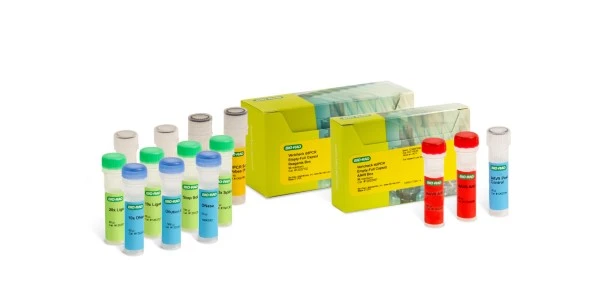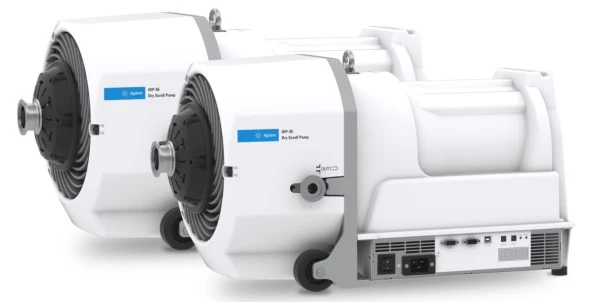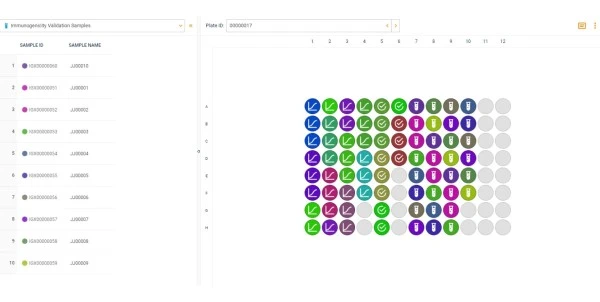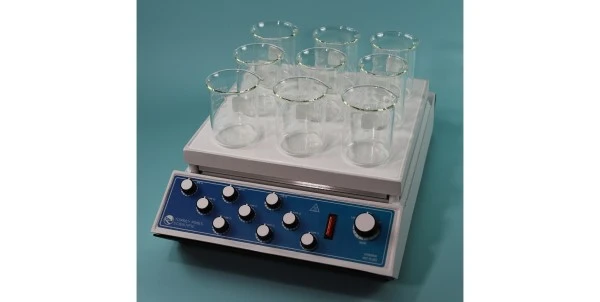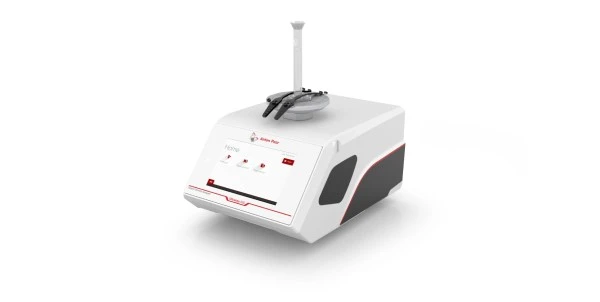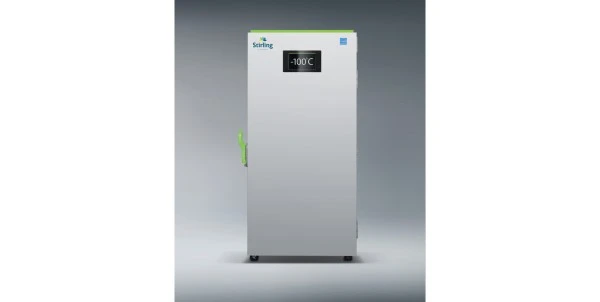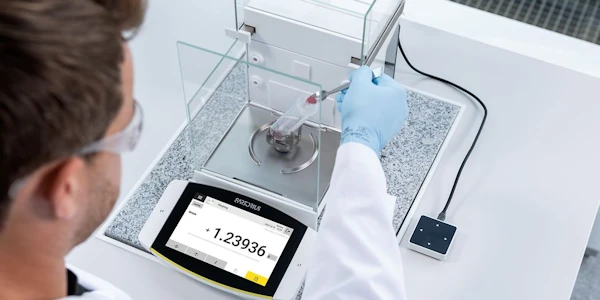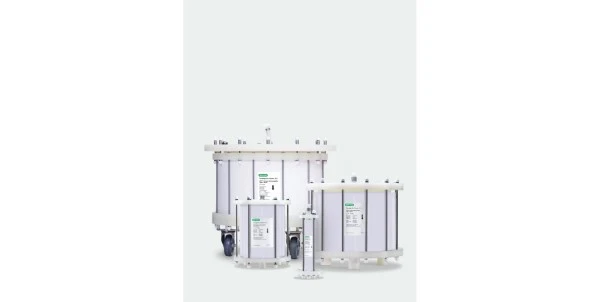
The Combined Power of LC-MS and Artificial Intelligence
“Artificial intelligence" is used to describe machines that mimic "cognitive" functions that humans associate with other human minds, such as "learning" and "problem solving".”
“Analytical AI has characteristics consistent with cognitive intelligence; generating a representation of the world and using learning based on past experience to inform future decisions.”
Both statements are reflective of the new era of analytical instrumentation. Concepts of AI are being refined and integrated into liquid chromatography, mass spectrometry, and other technology platforms, with the ultimate goals of alleviating bottlenecks and resource consumption while boosting efficiency and productivity.
We take a moment to highlight critical aspects affecting current LC and LC-MS workflows and detail new technologies designed with analytical “problem solving” in mind.
Parallel Processing and Feedback Monitoring
The rate limiting steps of LC-MS workflows continue to include tedious sample prep and time-consuming sample LC separations. New technologies are addressing the second issue with intelligent multiplexing LC solutions.
The SCIEX MPX 2.0 High Throughput System is designed to essentially double the LC-MS analysis rate by coupling parallel LC runs with a single mass spec instrument. The result is twice the speed with the same power of interrogation for which SCIEX is known – an ideal solution for high-throughput and large-cohort sample workflows. The system can: 1) stagger injections from each of two HPLC systems running the same method, 2) stagger injections from two HPLC systems running two different methods, 3) run two sequential sample batches from two HPLC systems.
The intelligent kicker with the MPX 2.0 system is the automated sample carryover monitoring feature. The system detects carryover and automatically injects solvent blanks to clean the liquid stream. Once clean, the system continues to analyze samples, automatically reinjecting samples that could have been affected by the carryover. The MPX software flags high concentration samples as well, allowing easy detection of those requiring a re-run.
Merged Technologies and Ease-of-use
The Waters new BioAccord LC-MS system combines Acquity UPLC separations performance with a newly-developed Acquity RDa MS Detector. The platform is a SmartMS-enabled LC-MS system designed to expand access and ease-of use for more operators beyond dedicated MS facilities and into routine lab settings. The ultimate goal is to enable more effective analysis of biotherapeutic protein attributes across the entire life cycle, from development to quality control.
The system has a small footprint, increasing lab space efficiency - is outfitted with UNFI compliance-ready LC-MS informatics platform performance - and is also compatible with the Waters catalog of application-specific chemistries and consumables kits. The intelligent features of this system include the automated setup, self-diagnostics, and analysis monitoring capabilities, all accessible through an easy to use intuitive user interface.
Systems can be pre-configured based on the intended use and automated setup, trainings, and support are based around user needs. A combination of method optimization, self-diagnostics, and software analysis boosts the productivity factor. Intuitive software and instrument hardware monitor operation, detect faults, and provides guidance on the best courses to resolve issues.
Efficiency and Productivity
The systems described to this point certainly advance the concepts of increased efficiency and productivity of LC-MS performance. The systems mentioned below add UHPLC versatility and performance to the mix.
The Thermo Vanquish Dou UHPLC Systems combine the options of three workflows and two flow paths, in one integrated platform. Building off the Vanquish line of LC solutions, the three workflows include dual parallel LC, tandem LC or LC-MS, and inverse gradient separations.
The dual split sampler and dual pumps allow either the same method or different methods to be run simultaneously. The increases the throughput and the scope or search space of sample analysis, without the additional bench space, instrument costs, and operations expenses that accompany two separate systems.
The Shimadzu Nexera UHPLC Series defines new levels of efficiency and design. The systems integrate “Analytical Intelligence” capabilities, able to detect and resolve a range of issues automatically without user supervision. The reliability that accompanies these self-diagnosis and resolution attributes means that workflows can be run unattended, from start-up to shutdown, with the ability to track and report any issues in real-time.
The platform also makes use of integrated IoT and device networking features, enabling users to easily review instrument status, optimize resource allocation, achieve higher throughput, and essentially simplify and streamline lab management.
Automated plate and sample vial changing, automated buffer preparations and gradient formation, pressure and volume sensing and feedback controllers, and a host of other smart features add to the concept of a truly intelligent UHPLC system, from end to end.
The Future of AI and Instrumentation
A review of these systems and intelligent features may be foretelling of what is to materialize in the coming year. Indeed, AI integration is something to anticipate for as we venture further into the world of smart, problem solving instrumentation.
